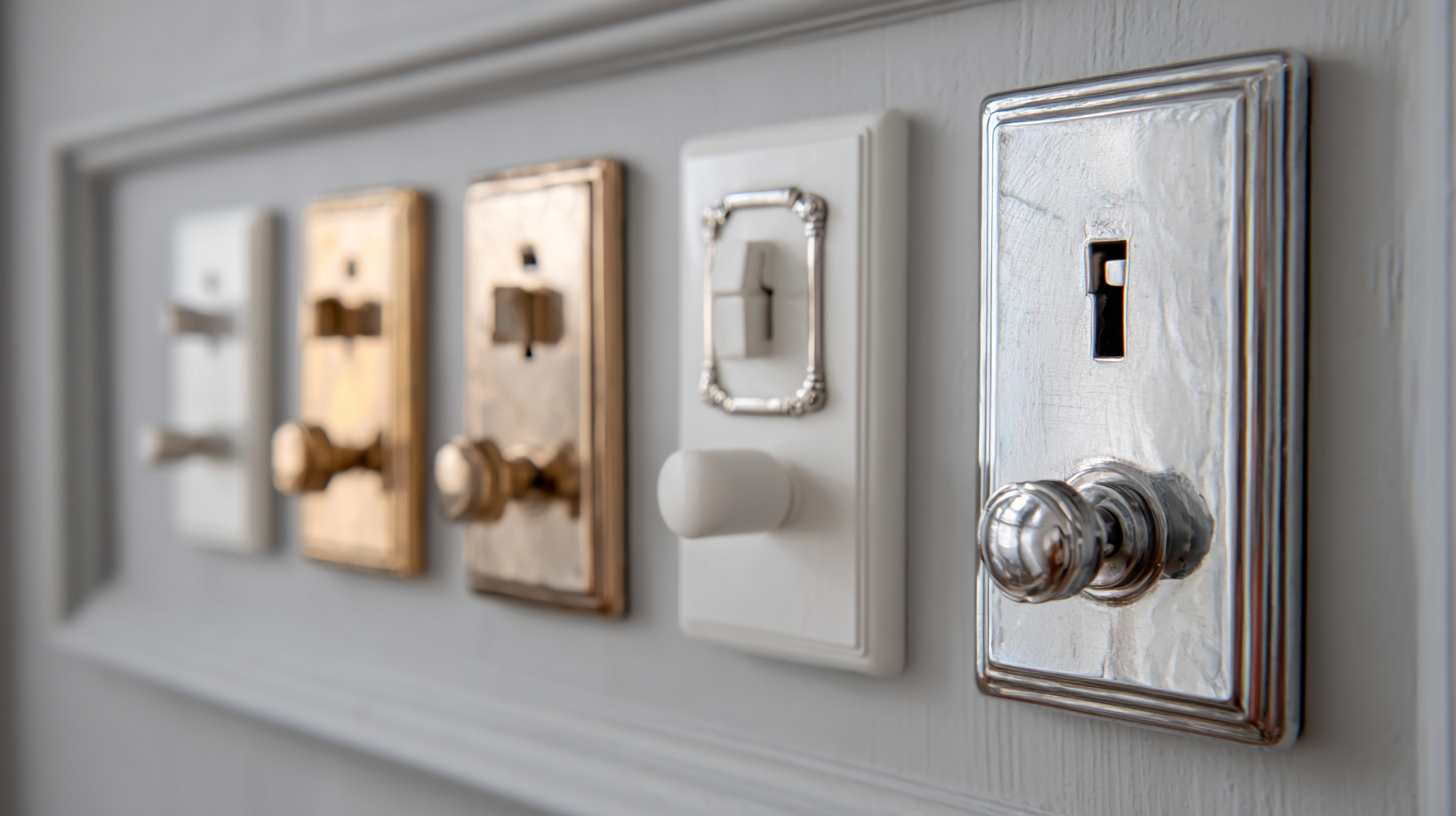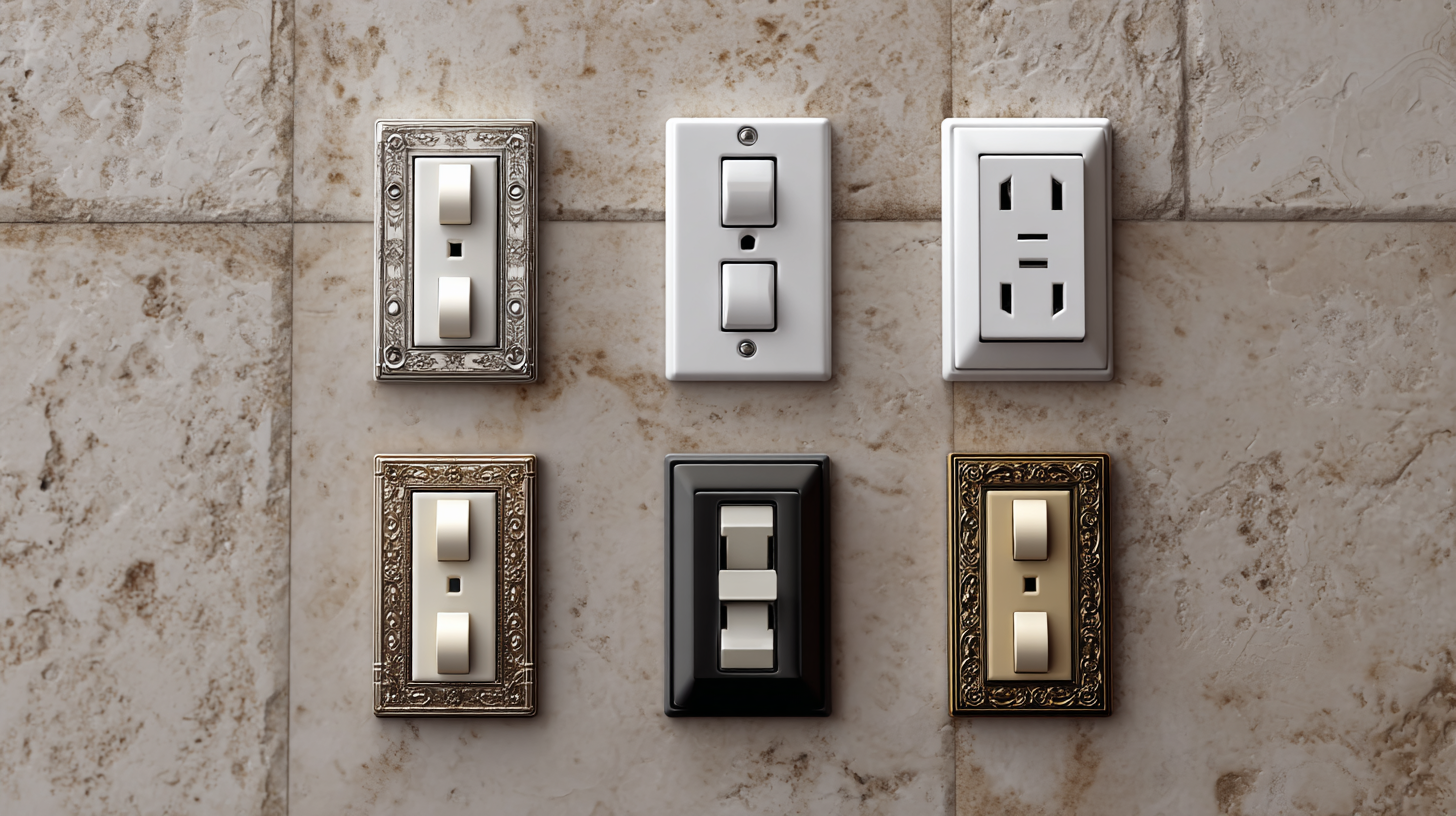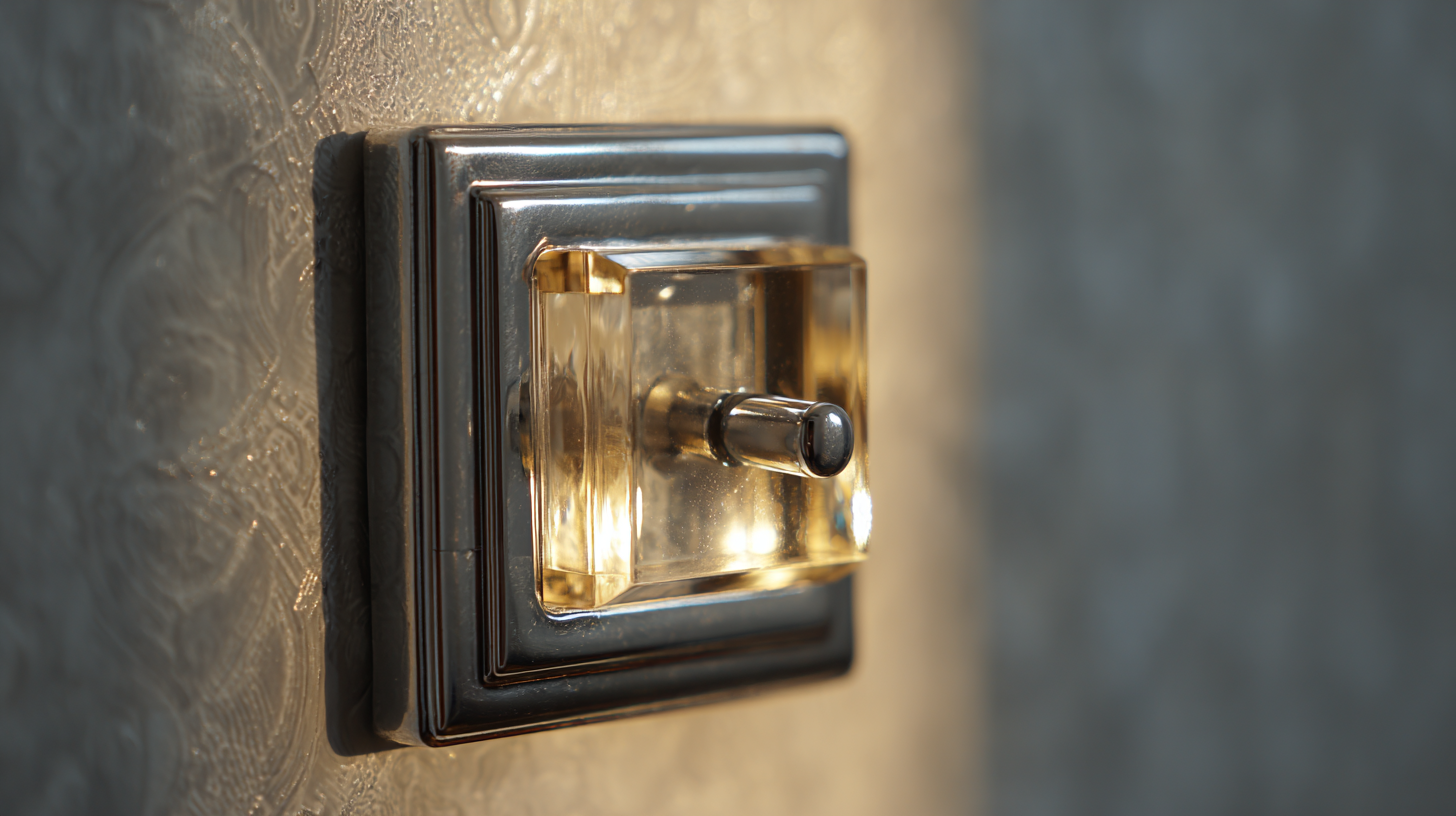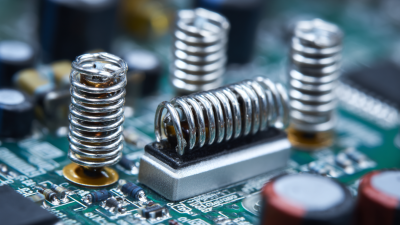News / Blog
Why Understanding Electric Switches is Essential for Modern Homes
In an age where modern homes are increasingly reliant on technology, understanding electric switches becomes crucial for homeowners who wish to optimize their living spaces. Electric switches are not just simple devices that control lights and appliances; they are fundamental components that influence energy efficiency, safety, and convenience. Knowing how to select, install, and maintain these switches can significantly impact both the functionality of your home and your utility bills.

In this guide, we will explore various types of electric switches, their specific applications, and essential tips for integrating them into your home design. By equipping yourself with this knowledge, you can ensure that your home is not only stylish and modern but also smartly wired to meet the demands of contemporary living.
Understanding the Role of Electric Switches in Home Automation Systems
Electric switches play a crucial role in the evolution of home automation systems, facilitating seamless energy control and enhanced convenience. According to a report by Allied Market Research, the global smart home market is projected to reach $174 billion by 2025, with a significant portion of that growth attributed to advancements in switch technology. Smart switches enable users to control lighting, heating, and other electronic devices remotely, fostering energy efficiency and greater home management.
Furthermore, a study by Statista indicates that approximately 30% of households in the United States are expected to adopt smart home technology by 2025. This trend is primarily driven by consumers' desires for convenience and security. Modern electric switches, integrated with Wi-Fi and Bluetooth functionalities, allow homeowners to customize their environments—creating schedules, automating tasks, and even managing energy consumption from smartphones.
As smart home automation continues to gain traction, understanding the pivotal role of electric switches becomes essential for homeowners aiming to optimize their living spaces.
Key Electrical Standards and Regulations Governing Domestic Switch Usage
 Understanding electrical standards and regulations is vital for ensuring safety and efficiency in modern homes. The National Electrical Code (NEC) in the United States, for instance, outlines the minimum safety standards that govern domestic electrical installations, including switches. According to the NEC, all electrical installations must use devices that have been tested and certified to comply with applicable safety standards, which helps prevent electrical hazards. Ensuring compliance not only safeguards lives but also enhances the longevity of electrical systems.
Understanding electrical standards and regulations is vital for ensuring safety and efficiency in modern homes. The National Electrical Code (NEC) in the United States, for instance, outlines the minimum safety standards that govern domestic electrical installations, including switches. According to the NEC, all electrical installations must use devices that have been tested and certified to comply with applicable safety standards, which helps prevent electrical hazards. Ensuring compliance not only safeguards lives but also enhances the longevity of electrical systems.
Homeowners should be aware of regulations regarding the placement and use of light switches. The NEC specifies that light switches should be installed at a height of 42 to 48 inches from the floor, ensuring ease of access for all users. Moreover, GFCI (Ground Fault Circuit Interrupter) protection is required in areas where moisture is present, such as kitchens and bathrooms, as it significantly reduces the risk of electric shock.
Tips: Always check whether your switches meet the latest safety standards before installation. Regular maintenance, such as inspecting for wear or damage, can prevent potentially hazardous situations. When in doubt, consult with a licensed electrician to ensure your home not only meets current electrical codes but also guarantees optimal safety for your family.
Examining Energy Efficiency: The Impact of Smart Switches on Utility Bills
Smart switches are becoming an essential component of modern energy-efficient homes. By enabling homeowners to manage their lighting and appliances more effectively, these devices can significantly reduce utility bills. For instance, smart switches allow users to schedule when lights are on or off, ensuring that energy is not wasted when a room is unoccupied. This increased control not only enhances convenience but also leads to lower energy consumption, directly impacting monthly expenses.
Tips for maximizing the benefits of smart switches include integrating them with home automation systems. This way, you can adjust settings remotely or automate them based on your routine. Another effective strategy is to replace traditional bulbs with LED options, as they consume less energy and work seamlessly with smart switches to provide even greater savings. Lastly, consider using dimmer switches in conjunction with smart technology. Reducing light intensity can lead to further energy efficiency, ultimately lowering your overall utility bills.
Impact of Smart Switches on Energy Efficiency
Safety Considerations: Recognizing Potential Risks Associated with Improper Switch Installation
 Improper installation of electric switches poses significant safety risks in modern homes. According to the National Fire Protection Association (NFPA), electrical failures or malfunctions were involved in approximately 13% of all home structure fires in recent years. A key contributor to these incidents is substandard wiring and poorly installed switches, which can lead to overheating and consequently, electrical fires. Proper understanding and adherence to installation protocols are crucial in minimizing these risks.
Improper installation of electric switches poses significant safety risks in modern homes. According to the National Fire Protection Association (NFPA), electrical failures or malfunctions were involved in approximately 13% of all home structure fires in recent years. A key contributor to these incidents is substandard wiring and poorly installed switches, which can lead to overheating and consequently, electrical fires. Proper understanding and adherence to installation protocols are crucial in minimizing these risks.
Moreover, improper installation can result in short circuits, which might not only damage home appliances but also pose serious safety hazards. The Electrical Safety Foundation International (ESFI) reports that approximately 30,000 electrical shock incidents occur annually in the U.S. alone, with a significant number arising from faulty switch installations. Ensuring that switches are installed correctly, with appropriate materials and techniques, is essential for both the safety and functionality of home electrical systems. Understanding the potential risks associated with electrical installations can empower homeowners to prioritize safety and hire qualified professionals for the job.
Exploring the Latest Innovations in Electric Switch Technology for Modern Homes
Electric switches have evolved significantly with advancements in technology, making them a crucial component in modern homes. Today’s electric switches are not just simple on/off devices; they incorporate smart technology that allows users to control their home lighting and appliances remotely. Wireless switches, for instance, enable homeowners to operate their devices via smartphones or voice assistants, adding convenience and energy efficiency to daily routines.
In addition to smart functionality, innovations in design and user interface are also notable. Many contemporary switches feature sleek, minimalist designs that seamlessly blend with modern interior aesthetics. Touch-sensitive controls and customizable LED indicators enhance user experience by adding both style and practicality. With the integration of energy monitoring capabilities, homeowners can track their energy consumption in real-time, making informed decisions to reduce their carbon footprint. These advancements signify a shift toward user-centered design in electric switch technology, vital for enhancing the comfort and sustainability of modern living spaces.
Why Understanding Electric Switches is Essential for Modern Homes - Exploring the Latest Innovations in Electric Switch Technology for Modern Homes
| Feature | Description | Benefits | Latest Innovations |
|---|---|---|---|
| Smart Technology | Integration with smart home systems | Remote control and automation | Voice-activated switches |
| Energy Efficiency | Energy monitoring capabilities | Reduced energy costs | Smart dimmers and timers |
| Safety Features | Enhanced circuit protection | Increased household safety | Ground fault circuit interrupters (GFCI) |
| User-Friendly Design | Intuitive interfaces | Ease of use for all ages | Touch-sensitive and customizable buttons |
| Aesthetic Appeal | Sleek, modern designs | Enhances home décor | Variety of finishes and styles |



